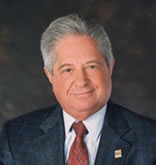7/12/2017· Forensic Psychiatry
Diagnosing and Treating Parental Alienation/Child Alienation: How a Forensic Psychologist Can Help
When divorce occurs in the family, an inevitable loss occurs in the lives of the parents as well as children. Positive adjustment to divorce comes when both of the parents as well as the children develop healthy coping methods to deal with the loss. This enables both parents and children to move forward with their new lives. Unfortunately, many parents who suffer from their own disturbed attachment history or mental health issues, are unable to put aside their anger and constructively cope with the loss. In such cases, parents often undermine the children's relationship with the other parent, in order to express their own unresolved parental anger and sadness about the divorce.

















